- Home
- L. Frank Baum
The Santa Claus Stories Page 15
The Santa Claus Stories Read online
Page 15
Soon after, the Scarecrow entered the room carrying a lot of rag dolls that were small images of himself. These baby scarecrows were very quaint and amusing, and there was no doubt the children would like them. Then Jack Pumpkinhead brought in a number of small pumpkin heads, made out of paper, but with features exactly resembling Jack himself.
“They're hollow inside,” said Jack; “but the children can fill them with candy.”
When the Wogglebug entered the room he brought quantities of wee wogglebugs, dressed just like himself, and having their four arms and their legs made of wire and covered with fuzzy worsted. These toys were so comical that all the party laughed when they saw them.
“But our friend the Sawhorse must not be neglected,” said the Scarecrow; so he went away and did a little more magic, and soon returned with a drove of small wooden sawhorses, which had wheels under each of their legs, so that the children could draw them over the floor by means of strings.
“Let us carry them to Santa Claus,” suggested the Tin Woodman. “He can take them in his sleigh and distribute them with his other Christmas gifts.”
This plan being approved, the entire party mounted aboard the Gump, which flew with them far away to the Laughing Valley where Santa Claus lives. They found the dear old man sitting in an easy chair before his fire and smoking a short pipe. He had finished his yearly labors, and his sleigh was already loaded with packages of toys for the children’s Christmas, while the ten reindeer stamped impatiently to be off and away upon their journey.
“You are just in time!” exclaimed Santa Claus, “and I will gladly carry your toys to the little ones.”
“We would like every child to have one of them,” said the Scarecrow.
“But—good gracious, my friends!” cried bluff old Santa, “you haven’t enough for a quarter of the children I shall visit.”
This news made the people from Oz very sad and downcast; but, noticing this, the good old man added: “Never mind; I’ll make them go as far as I can, and these toys are so pretty that next year I will make a lot of them myself, so that every child may get one for Christmas. But now I must be off, or I shall never get my journey finished by Christmas morning.”
So Santa Claus placed the toys in his sleigh and himself mounted the seat. The people of Oz also got into the Gump again, and then Santa said, with a sly wink:
“Let's have a race.”
“To be sure,” agreed the Scarecrow; “but nothing can go so swiftly as the flight of the Gump.”
Santa Claus made no answer in words, but he cracked his long whip, and away shot the reindeer—swift as the wind.
The Gump flew as it had never flown before, but every effort to keep pace with the sleigh of jolly Santa was in vain, and presently the people of Oz looked down through the moonlight and saw a tiny speck far ahead of them, which was their last view of the sleigh-load of toys destined for the children’s Christmas.
“We are beaten,” remarked the Scarecrow. “But I imagine Santa Claus is a greater magician than any that has ever lived in our Land of Oz.”
And the Wogglebug quoted, impressively, these lines:
“‘Around the man who seeks a noble end,
Not angels, but divinities attend.’
“That,” said he, “was written by a famous American poet.”
“What was his name?” asked the Scarecrow, curiously.
And the Wogglebug told him.
What did the Wogglebug say?
[Ralph Waldo Emerson]
_______
ORIGINAL PUBLICATION INFORMATION
* * *
Untitled Christmas poem published as part of The Shaggy Man of Oz by Jack Snow, 1949.
* * *
“Little Bun Rabbit,” published in Mother Goose in Prose 1897.
* * *
The Life and Adventures of Santa Claus, published 1902.
* * *
“A Kidnapped Santa Claus,” published in The Delineator Magazine, December 1904.
* * *
The Road to Oz, published 1909.
* * *
“How the Wogglebug and His Friends Visited Santa Claus,” published December 18 1904.
* * *
These works are in the Public Domain.
* * *
Interior illustrations:
* * *
Maxfield Parrish, “Little Bun Rabbit”
* * *
Mary Cowles Clark, The Life and Adventures of
Santa Claus
* * *
Frederick Richardson, “A Kidnapped Santa Claus”
* * *
John R. Neill, The Road to Oz
* * *
Walt McDougall, “How the Wogglebug and his Friends Visited Santa Claus”
About the Author and Illustrators
Lyman Frank Baum, known popularly as L. Frank Baum, was an American children’s author best known for his Land of Oz series. Born in 1856 in New York, Baum worked variously as a playwright and actor, businessman, and newspaper journalist before finding his greatest success in his forties when he began writing children’s stories.
Baum’s first book for children was 1897’s Mother Goose in Prose, a collection of stories based on Mother Goose nursery rhymes. His most famous and enduring work, The Wonderful Wizard of Oz, was published in 1900. In his lifetime, Baum authored more than 50 novels and over 80 short stories, many under pseudonyms such as Floyd Akers, Laura Bancroft, Edith Van Dyne, and Schuyler Staunton.
In November of 1882, he married Maud Gage, daughter of suffragist Matilda Gage. A known proponent for women’s rights, he often worked his advocacy into his writings, including some of the Oz and Edith Van Dyne stories. Baum died at the age of 62 on May 6, 1919, following a stroke, in Hollywood, California. Glinda of Oz, the fourteenth and final book he wrote for the Oz series, was published a year later, in July of 1920.
* * *
Maxfield Parrish (1870-1966) studied architecture in the late 1880s and attended the Pennsylvania Academy of Fine Arts from 1892 to 1895. In the mid-1880s, his work began appearing in magazines such as Harper’s Bazaar and Scribner’s, and later Collier’s, Life, and Hearst’s. Many of his works featured fantastical images and landscapes and by 1910 Parrish was so successful he was allegedly earning over $100,000 per year. One of his most well-known works, Daybreak, sold for over $7 million in 2006. He illustrated his first book, L. Frank Baum’s Mother Goose in Prose, in 1897. In 2001 Parrish was honored as part of a US postage stamp series featuring great American illustrators.
* * *
Mary Seymour Cowles Clark (1871-1950) studied art at the Art Students League in New York and is believed to have met L. Frank Baum when he was visiting relatives in Syracuse. She created over 150 illustrations, large and small, for Baum’s The Life and Adventures of Santa Claus. Although she provided drawings for very few other books, she continued as an artist and was known to spend her summers in Siasconset (Nantucket Island) painting, drawing, and crafting needlework.
* * *
Frederick Richardson (1862-1937) studied art in St. Louis and in Paris, and later taught at the Chicago Art Institute. Richardson served as an illustrator for the Chicago Daily News from the 1890s through the early 1900s and was noted for his coverage of the Chicago World’s Fair/Columbian Exposition in 1893 and the World’s Fair in Paris in 1900. The first book he illustrated was L. Frank Baum’s Queen Zixi of Ix, which was serialized in St. Nicholas Magazine beginning in 1904. In December of that year, he also illustrated Baum’s “A Kidnapped Santa Claus” in The Delineator magazine. During the Great Depression, Richardson contributed artwork to the Works Progress Administration.
* * *
John Rea Neill (1877-1943) began his drawing career at his high school newspaper in 1984 and later worked as a staff artist at the Philadelphia North American newspaper. At the North American, he provided illustrations for L. Frank Baum’s (under the pseudonym Schuyler Staunton) serialized story “The Fate of a Crown.” In 1904 Baum’s pu
blisher Reilly and Britton asked Neill to illustrate the forthcoming second Oz book, The Marvelous Land of Oz. From that point on, he provided artwork for all the Oz books until Baum’s death, then continued with Ruth Plumly Thompson’s authorized Oz books, before being designated the “Royal Historian of Oz” and writing and illustrating several of his own Oz books. In total, Neill provided drawings for 30 Oz books.
* * *
Walter Hugh McDougall (1858-1938) began working as an artist for America’s first illustrated daily newspaper, the New York Daily Graphic, in 1876. In the 1880s, while at the New York World, he started drawing political cartoons and published one of the first color cartoons in an American newspaper. His work with humorist Bill Nye’s newspaper column made McDougall possibly the first syndicated cartoonist. In 1904 and 1905, McDougall illustrated L. Frank Baum’s Queer Visitors from the Marvelous Land of Oz Sunday comic page.
If You Liked …
If You Liked The Santa Claus Stories of L. Frank Baum, you might also enjoy:
The Complete War of the Worlds
by H.G. Wells and Garrett P. Serviss
* * *
A Fantastic Holiday Season
edited by Kevin J. Anderson
* * *
A Fantastic Holiday Season 2: The Gift of Stories
edited by Kevin J. Anderson
* * *
This book was produced as part of the Publishing MA program for Western Colorado University’s Graduate Program in Creative Writing.
Other WordFire Press Titles
The Dragon Business
by Kevin J. Anderson
* * *
Mythology 101
by Jody Lynn Nye
* * *
The Magic Touch
by Jody Lynn Nye
* * *
Our list of other WordFire Press authors and titles is always growing. To find out more and to see our selection of titles, visit us at:
wordfirepress.com

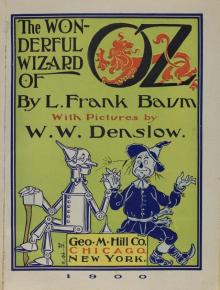 The Wonderful Wizard of Oz
The Wonderful Wizard of Oz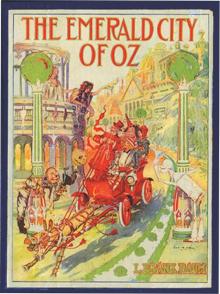 The Emerald City of Oz
The Emerald City of Oz The Story of Peter Pan, Retold from the fairy play by Sir James Barrie
The Story of Peter Pan, Retold from the fairy play by Sir James Barrie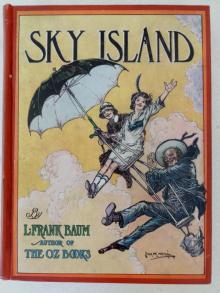 Sky Island
Sky Island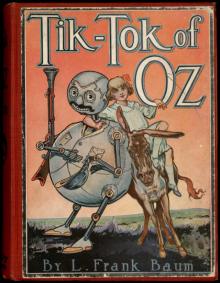 Tik-Tok of Oz
Tik-Tok of Oz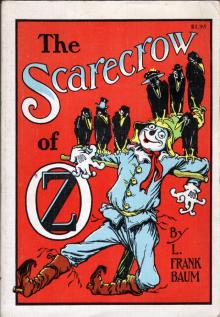 The Scarecrow of Oz
The Scarecrow of Oz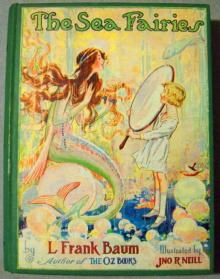 The Sea Fairies
The Sea Fairies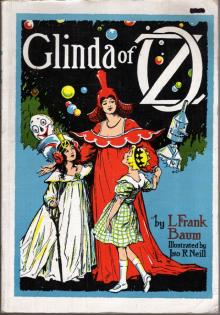 Glinda of Oz
Glinda of Oz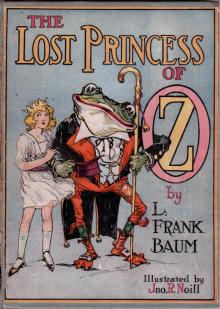 The Lost Princess of Oz
The Lost Princess of Oz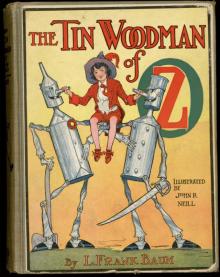 The Tin Woodman of Oz
The Tin Woodman of Oz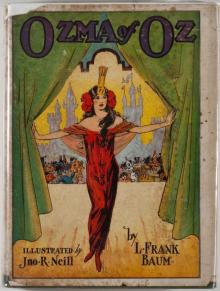 Ozma of Oz
Ozma of Oz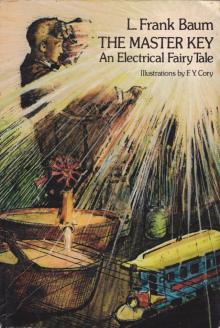 The Master Key
The Master Key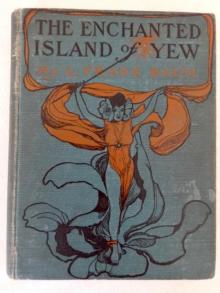 The Enchanted Island of Yew
The Enchanted Island of Yew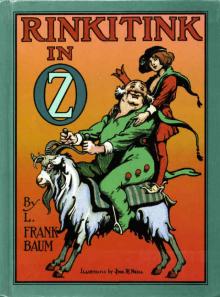 Rinkitink in Oz
Rinkitink in Oz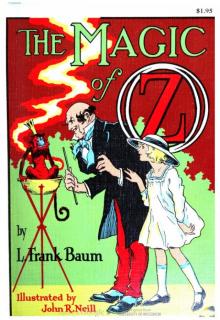 The Magic of Oz
The Magic of Oz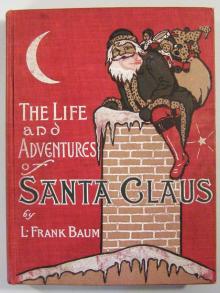 The Life and Adventures of Santa Claus
The Life and Adventures of Santa Claus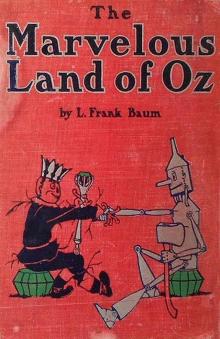 The Marvelous Land of Oz
The Marvelous Land of Oz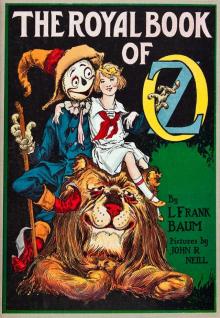 The Royal Book of Oz
The Royal Book of Oz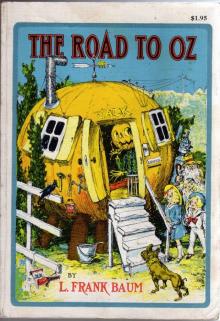 The Road to Oz
The Road to Oz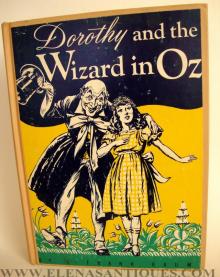 Dorothy and the Wizard in Oz
Dorothy and the Wizard in Oz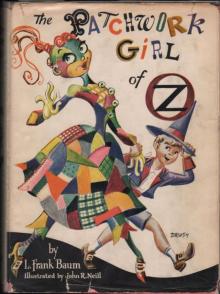 The Patchwork Girl of Oz
The Patchwork Girl of Oz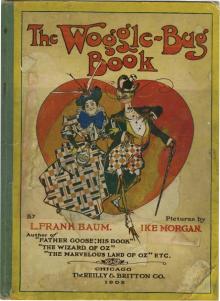 The Woggle-Bug Book
The Woggle-Bug Book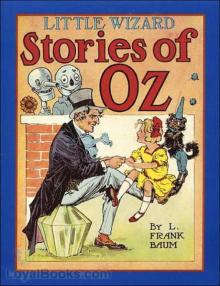 Little Wizard Stories of Oz
Little Wizard Stories of Oz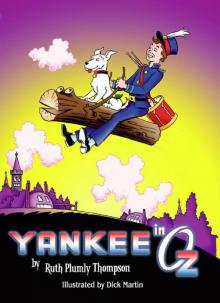 Yankee in Oz
Yankee in Oz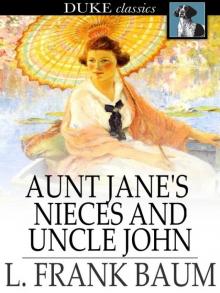 Aunt Jane's Nieces and Uncle John
Aunt Jane's Nieces and Uncle John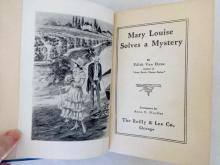 Mary Louise
Mary Louise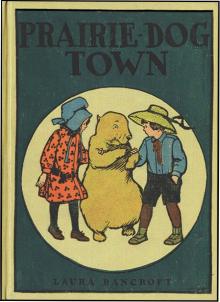 Prairie-Dog Town
Prairie-Dog Town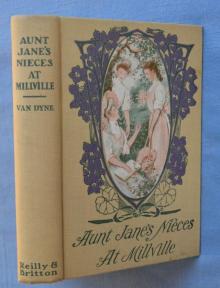 Aunt Jane's Nieces at Millville
Aunt Jane's Nieces at Millville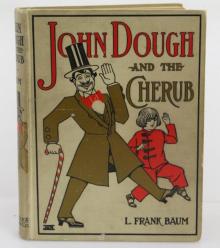 John Dough and the Cherub
John Dough and the Cherub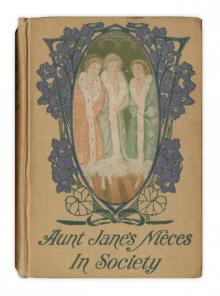 Aunt Jane's Nieces in Society
Aunt Jane's Nieces in Society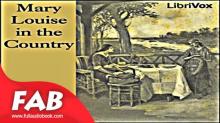 Mary Louise in the Country
Mary Louise in the Country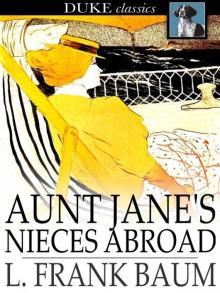 Aunt Jane's Nieces Abroad
Aunt Jane's Nieces Abroad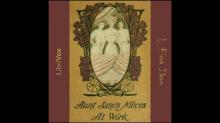 Aunt Jane's Nieces at Work
Aunt Jane's Nieces at Work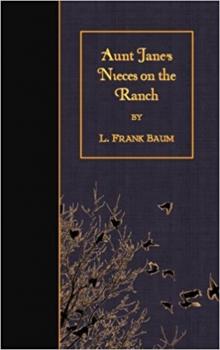 Aunt Jane's Nieces on the Ranch
Aunt Jane's Nieces on the Ranch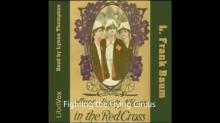 Aunt Jane's Nieces in the Red Cross
Aunt Jane's Nieces in the Red Cross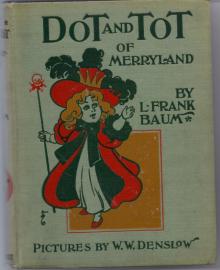 Dot and Tot of Merryland
Dot and Tot of Merryland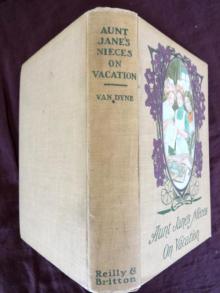 Aunt Jane's Nieces on Vacation
Aunt Jane's Nieces on Vacation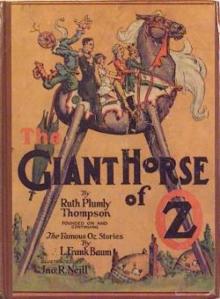 The Giant Horse Of Oz
The Giant Horse Of Oz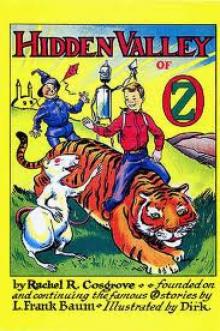 The Hidden Valley of Oz
The Hidden Valley of Oz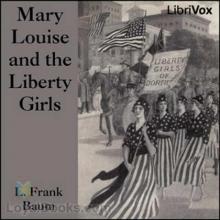 Mary Louise and the Liberty Girls
Mary Louise and the Liberty Girls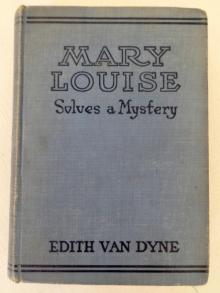 Mary Louise Solves a Mystery
Mary Louise Solves a Mystery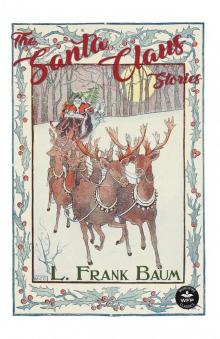 The Santa Claus Stories
The Santa Claus Stories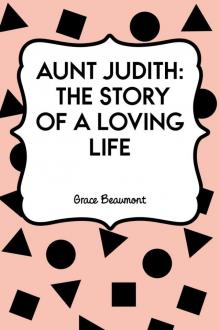 Aunt Judith: The Story of a Loving Life
Aunt Judith: The Story of a Loving Life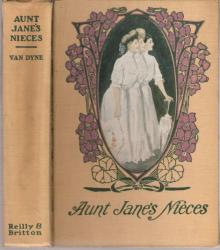 Aunt Jane's Nieces
Aunt Jane's Nieces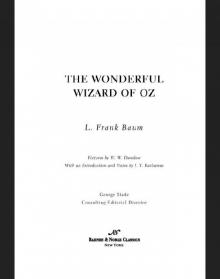 Wonderful Wizard of Oz (Barnes & Noble Classics Series)
Wonderful Wizard of Oz (Barnes & Noble Classics Series) Oz, The Complete Collection
Oz, The Complete Collection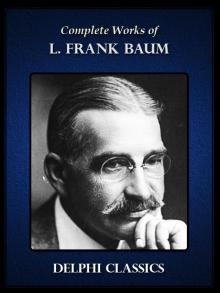 Complete Works of L. Frank Baum
Complete Works of L. Frank Baum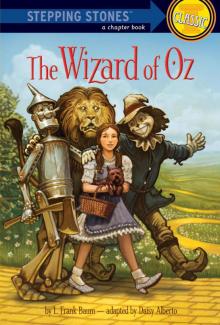 The Wizard of Oz
The Wizard of Oz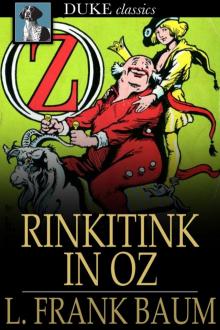 Oz 10 - Rinkitink in Oz
Oz 10 - Rinkitink in Oz